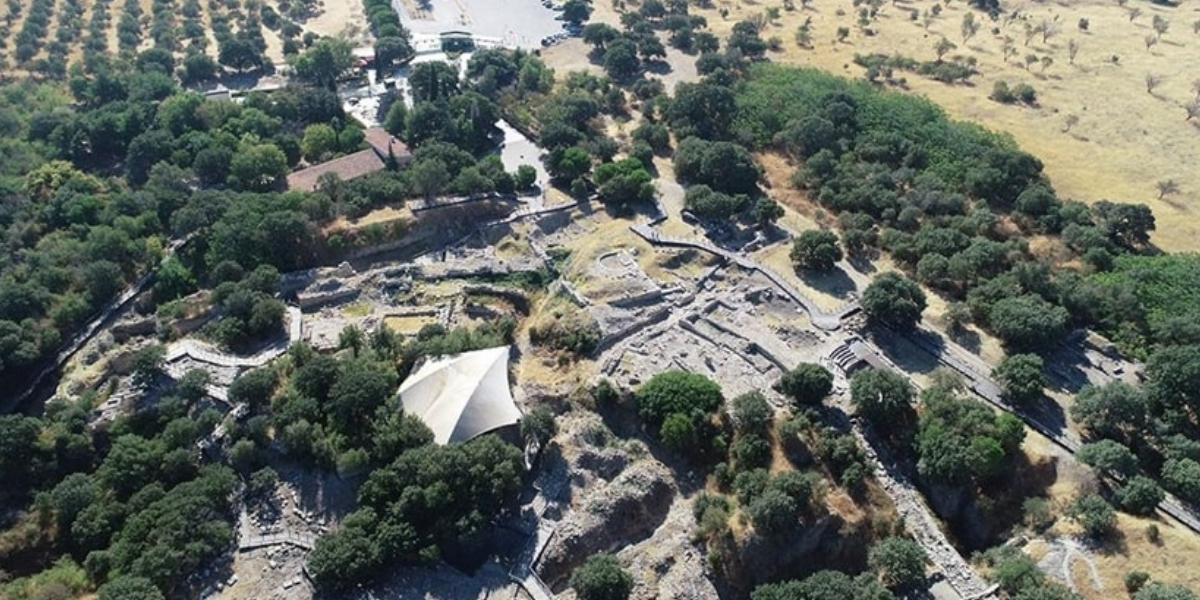
Archaeologists unearth palace, agora and city wall in Troy
Archaeologists are working to bring to light the palace, agora and city wall in the ancient city of Troy, which has a history of 5,500 years.
Prof. Dr. Reyhan Körpe, Vice President of the Ancient City of Troy Excavation, Çanakkale Onsekiz Mart University Department of History, said that they are working in the agora area between the palace structure and the city wall of the period known as the Late Bronze Age, which is associated with Homer’s Troy.

Stating that the fate of Troy, which was a small town at the beginning of the Hellenistic Age, changed with the visit of Alexander the Great, Körpe gave the following information:
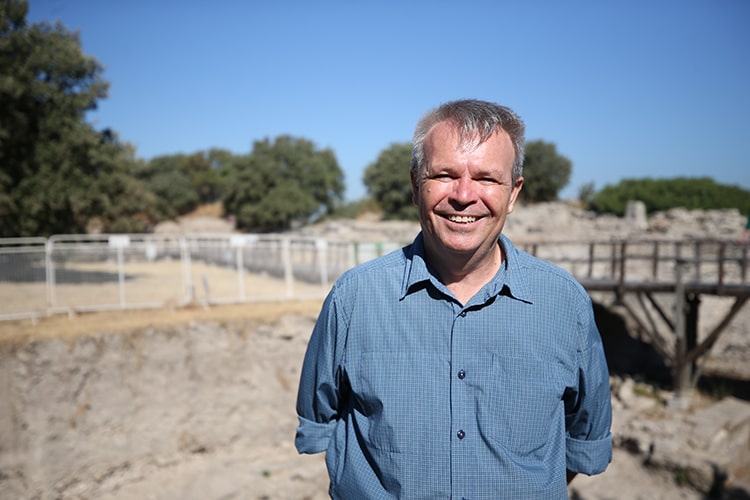
“Alexander the Great visited Troy in 334 at the beginning of his Asian campaign. He himself is someone who knows the Trojan wars, who reads the Iliad, who knows Homer. It is said that he always carried a copy of the Iliad with him.
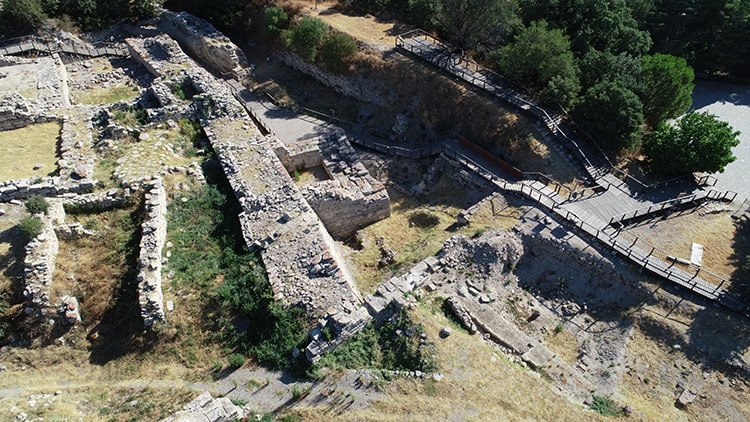
When he came here, he saw the miserable state of Troy and was very impressed. He promises to restore this place when he returns from the campaign, but he fails to return from the campaign. After that, his generals came and changed this city. They build new temples and buildings and renew the city walls. Another name that changed the fate of Troy was Roman Caesar. Caesar visits this place after a war. He promised to make big investments here because he connected his ancestors to Aeneas (Troy’s national hero) who came from Troy. But he could not realize this because he was killed.”
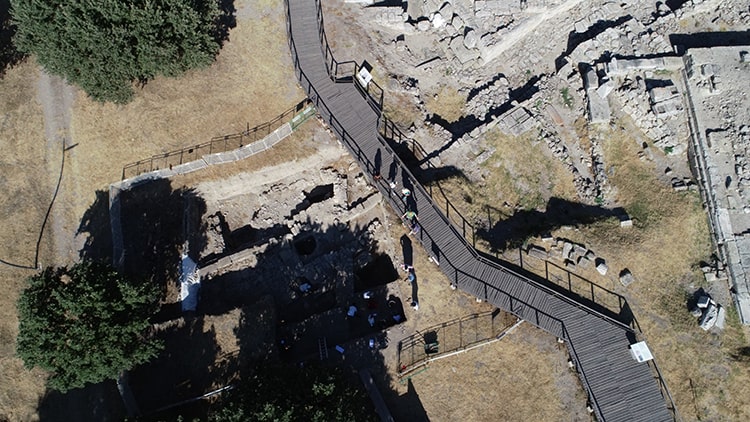
Stating that Roman tourists came to visit the region because it was the place where their ancestors, Aeneas, came out, Körpe said, “Trojan guides, like today’s guides, take them around Troy. They were telling the Romans about this place such as ‘Here is where Aeneas was born, here is where Aphrodite came, where the war took place’.”
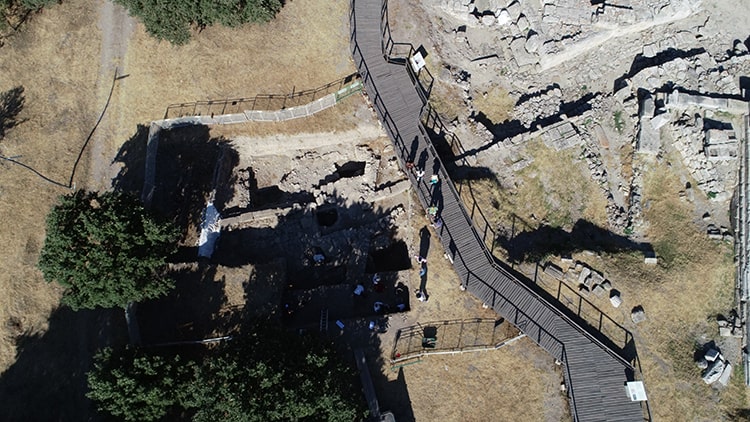
Cover Photo: Burak Akay/AA
You may also like
- A 1700-year-old statue of Pan unearthed during the excavations at Polyeuktos in İstanbul
- The granary was found in the ancient city of Sebaste, founded by the first Roman emperor Augustus
- Donalar Kale Kapı Rock Tomb or Donalar Rock Tomb
- Theater emerges as works continue in ancient city of Perinthos
- Urartian King Argishti’s bronze shield revealed the name of an unknown country
- The religious center of Lycia, the ancient city of Letoon
- Who were the Luwians?
- A new study brings a fresh perspective on the Anatolian origin of the Indo-European languages
- Perhaps the oldest thermal treatment center in the world, which has been in continuous use for 2000 years -Basilica Therma Roman Bath or King’s Daughter-
- The largest synagogue of the ancient world, located in the ancient city of Sardis, is being restored











Leave a Reply